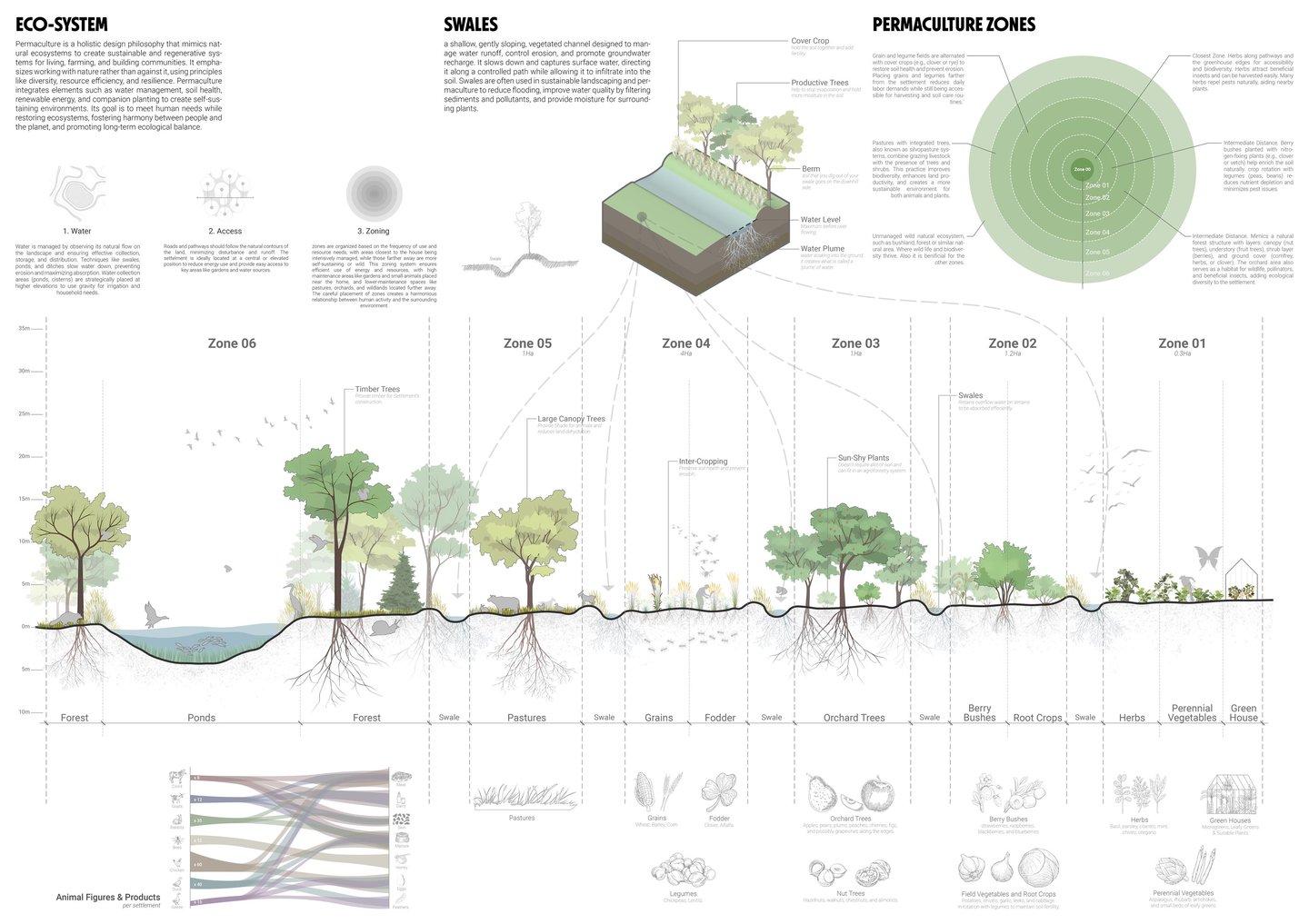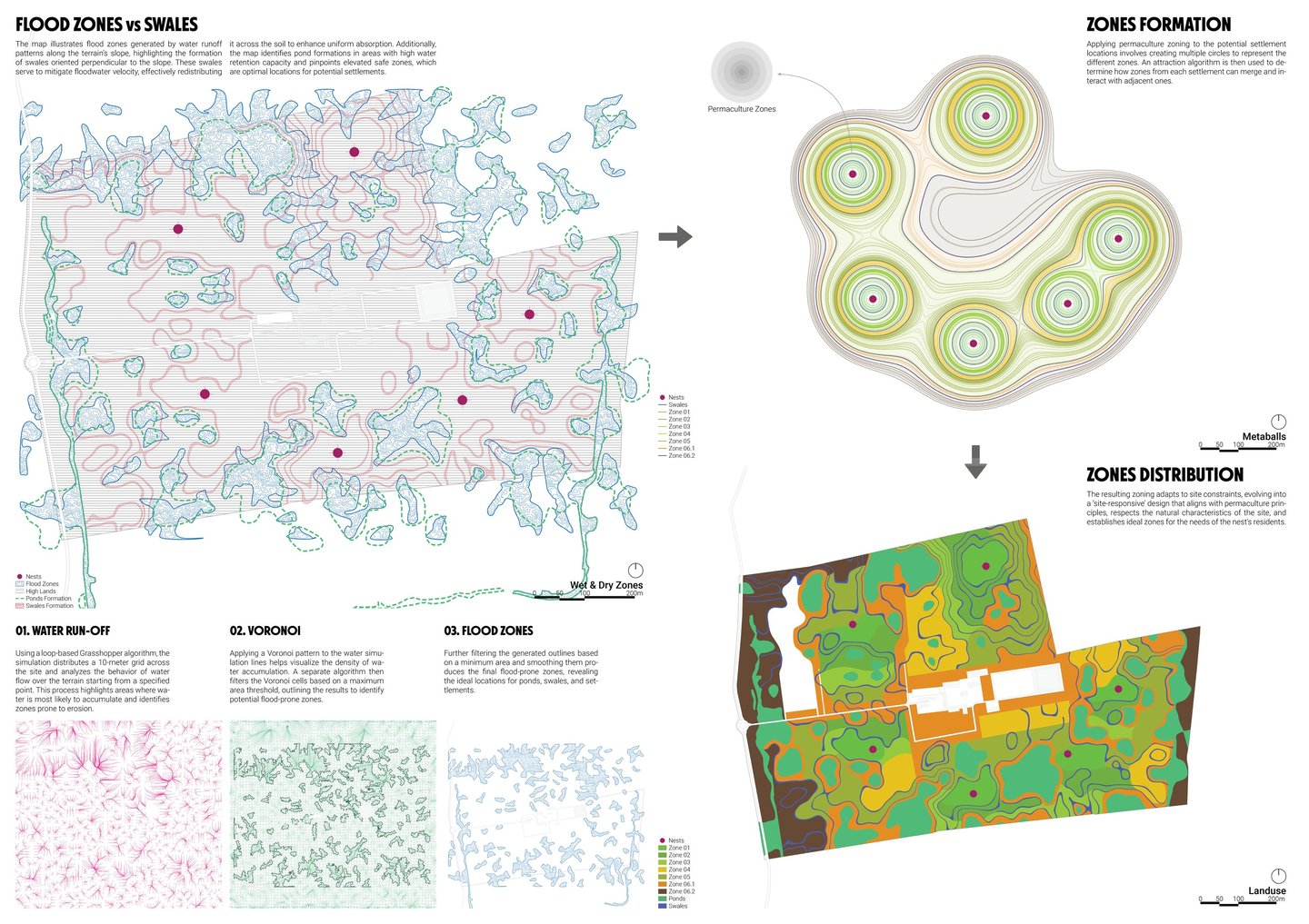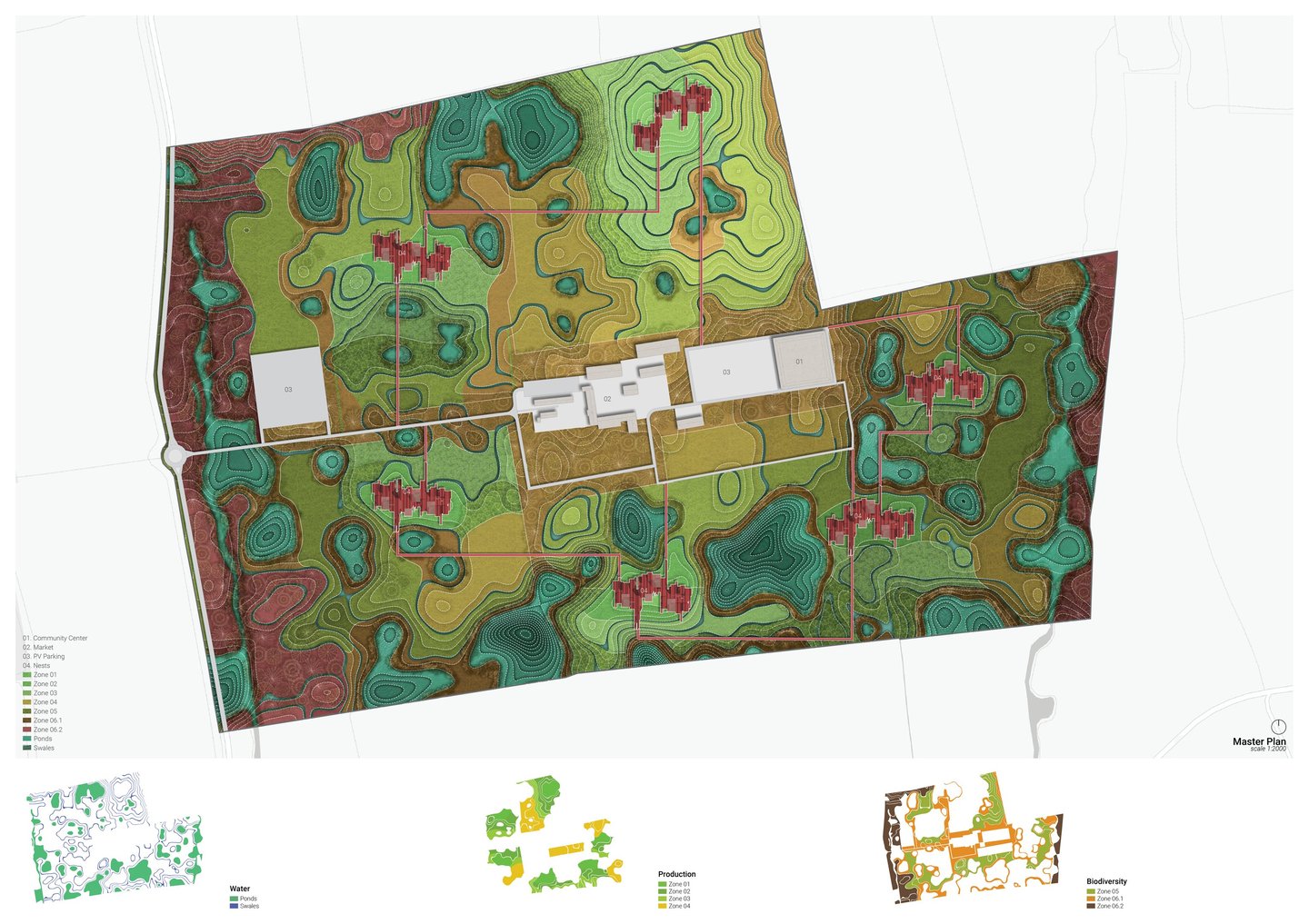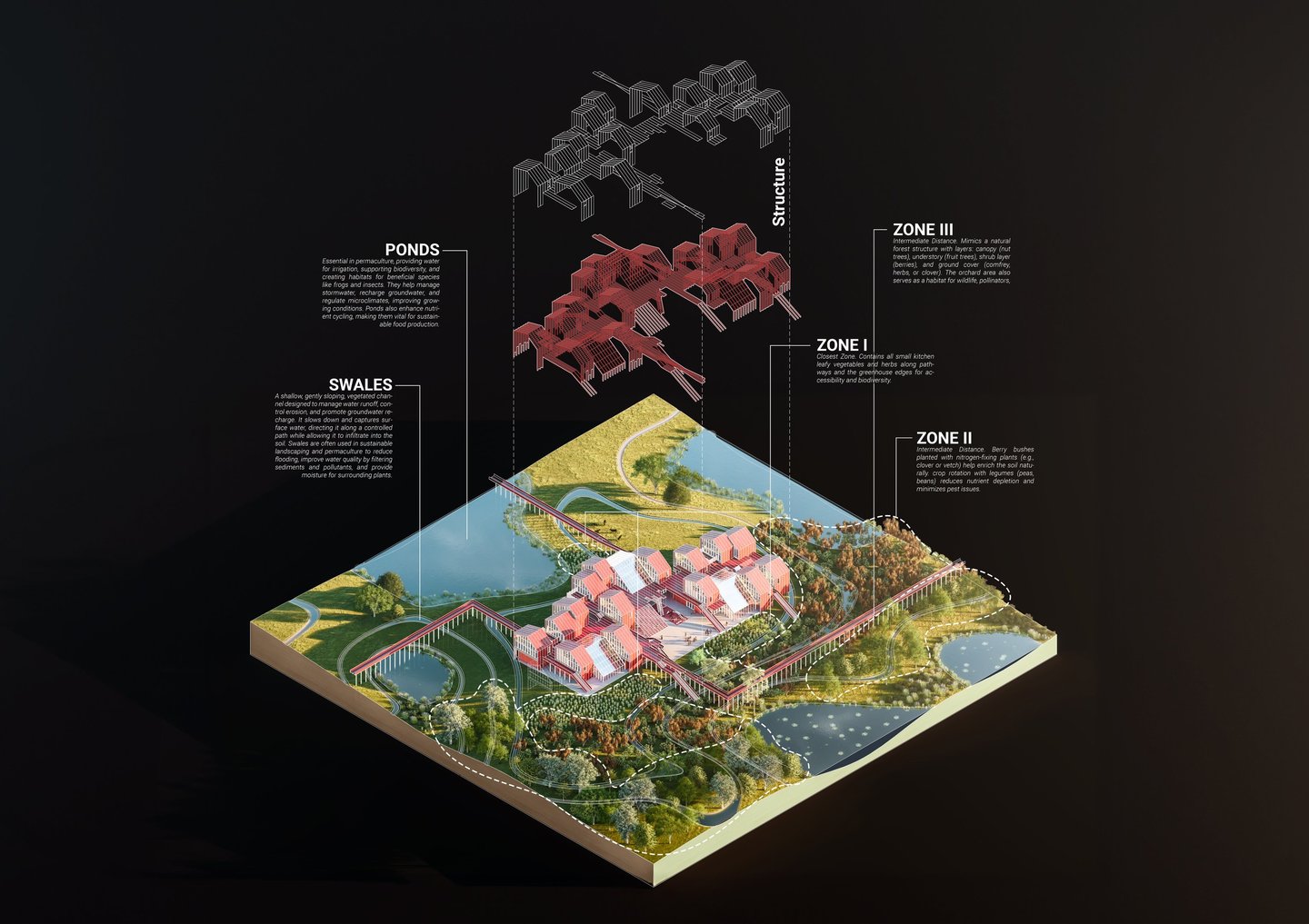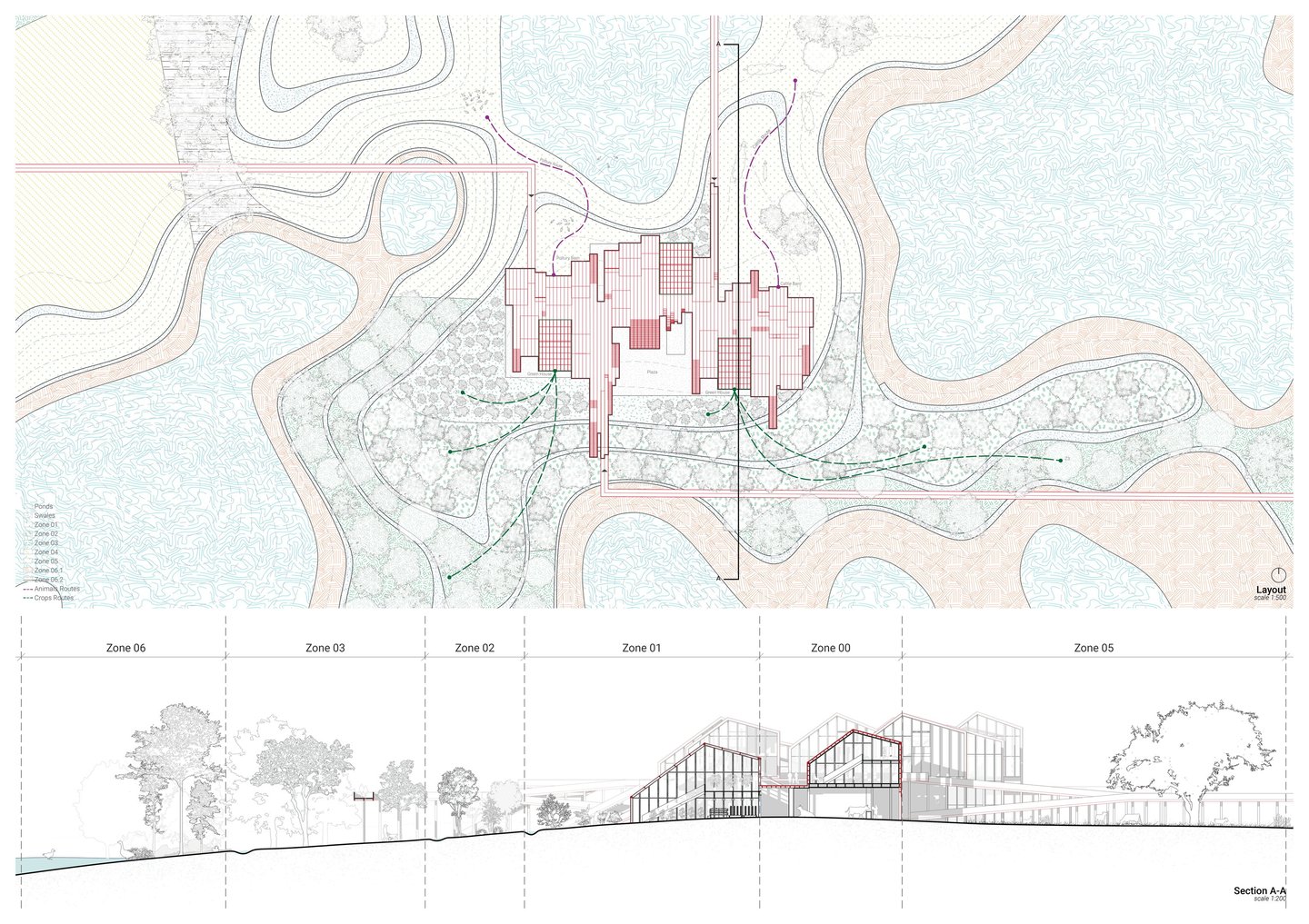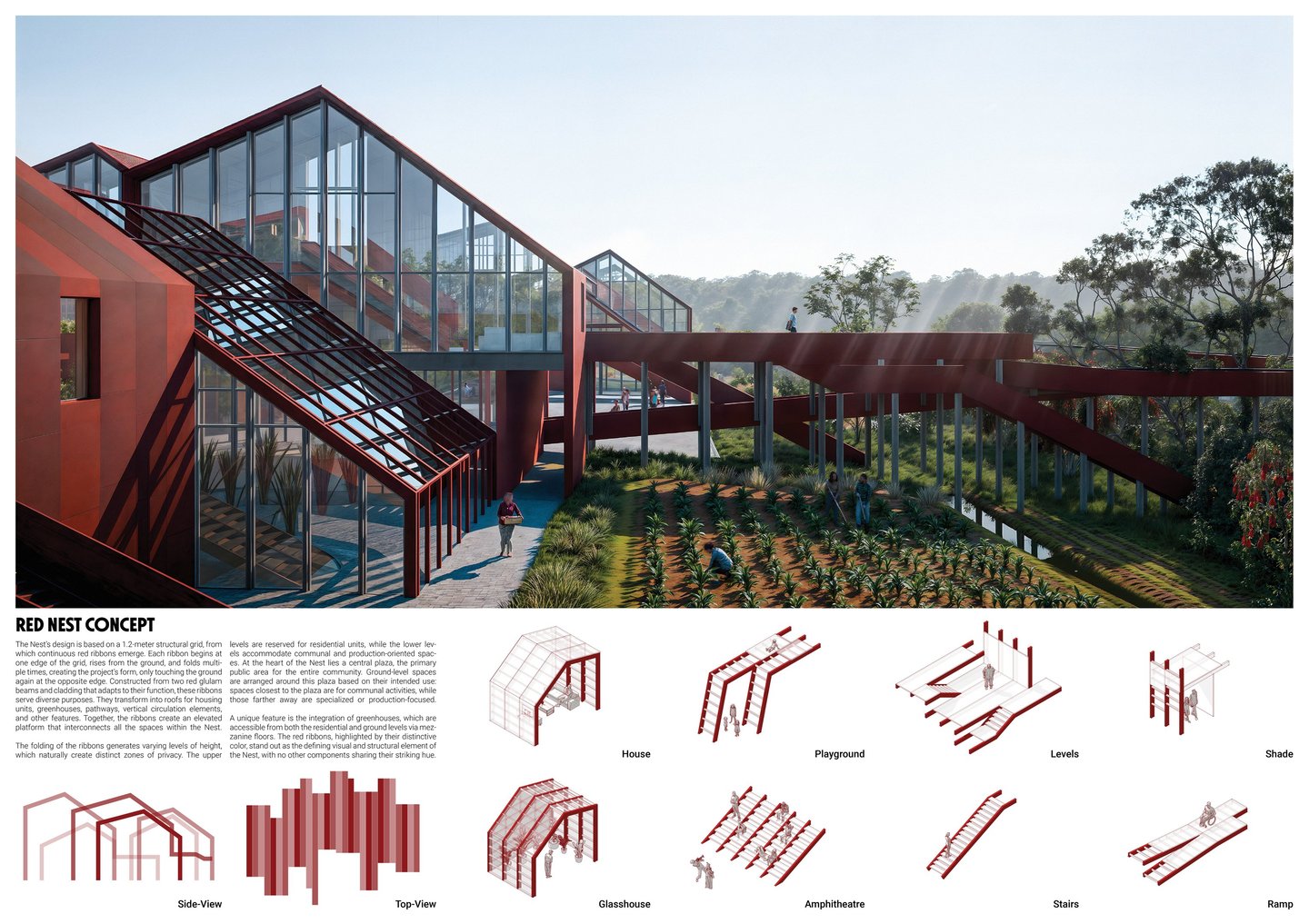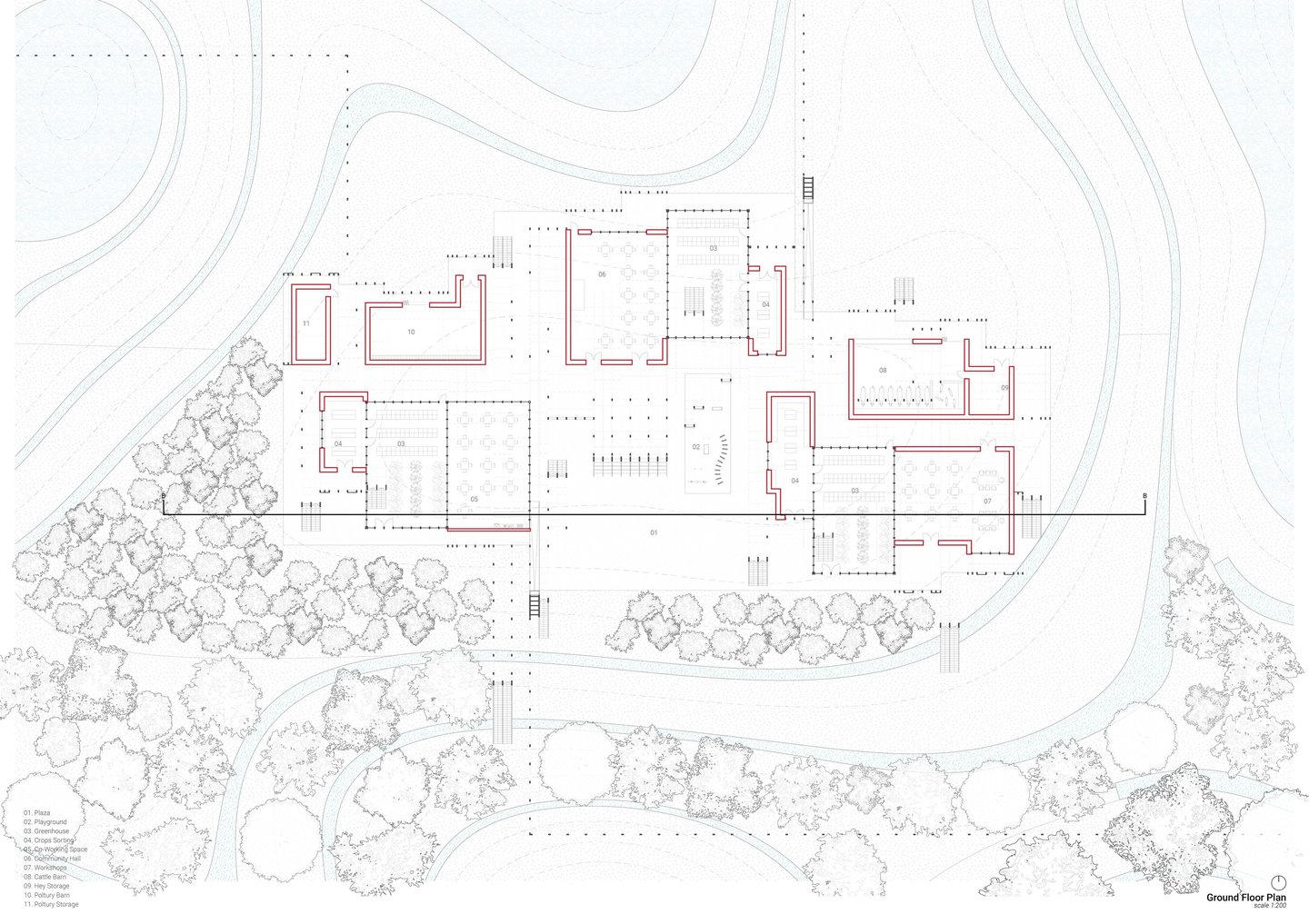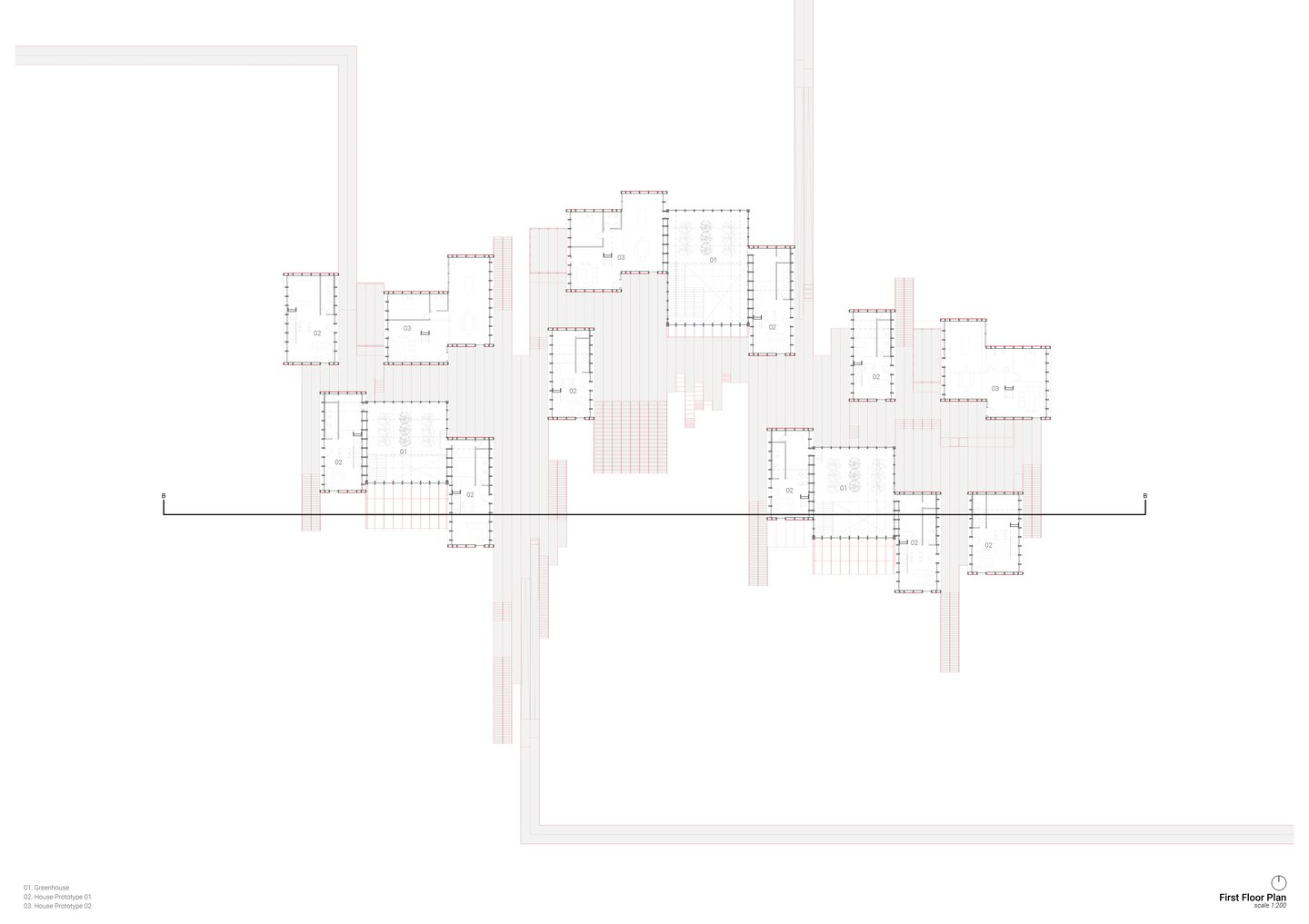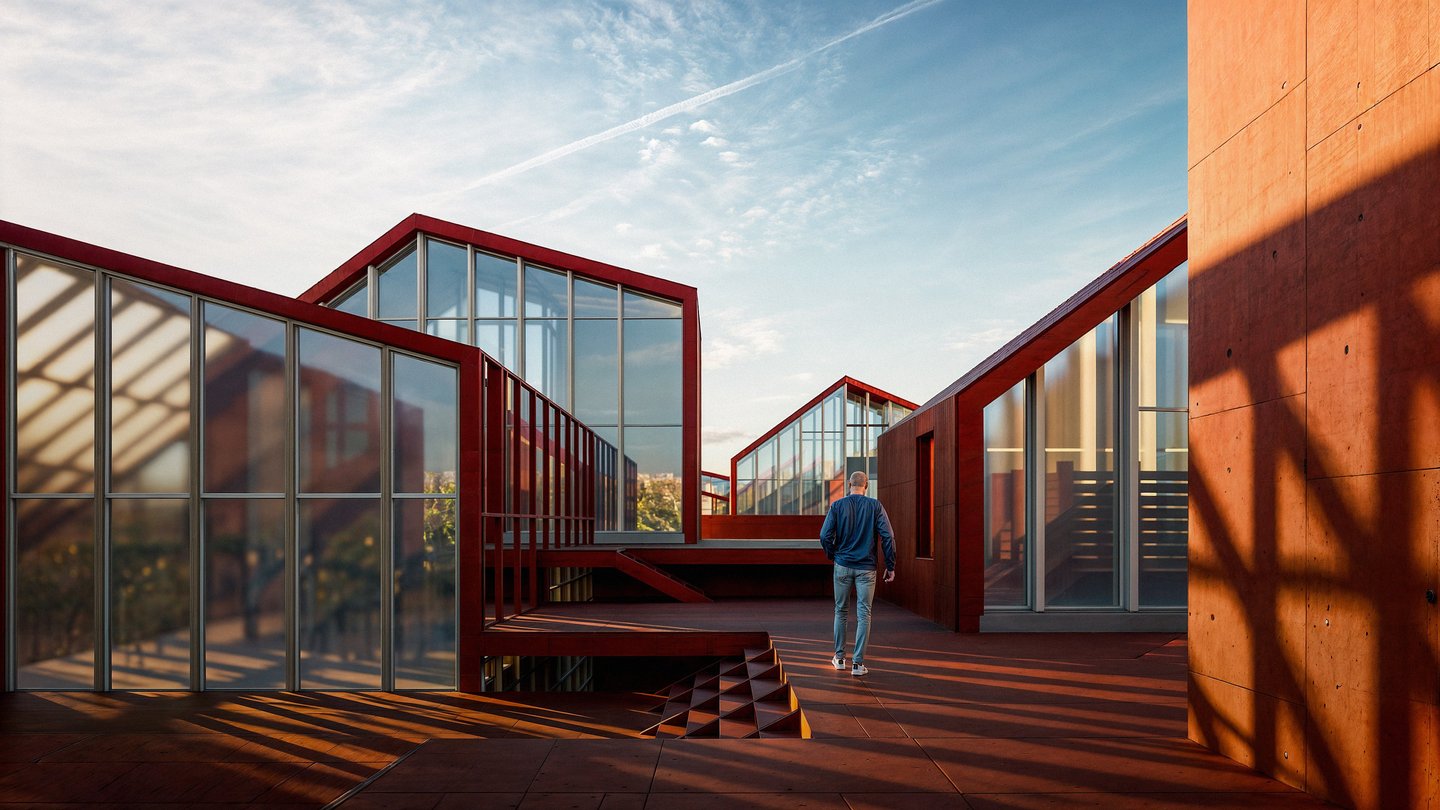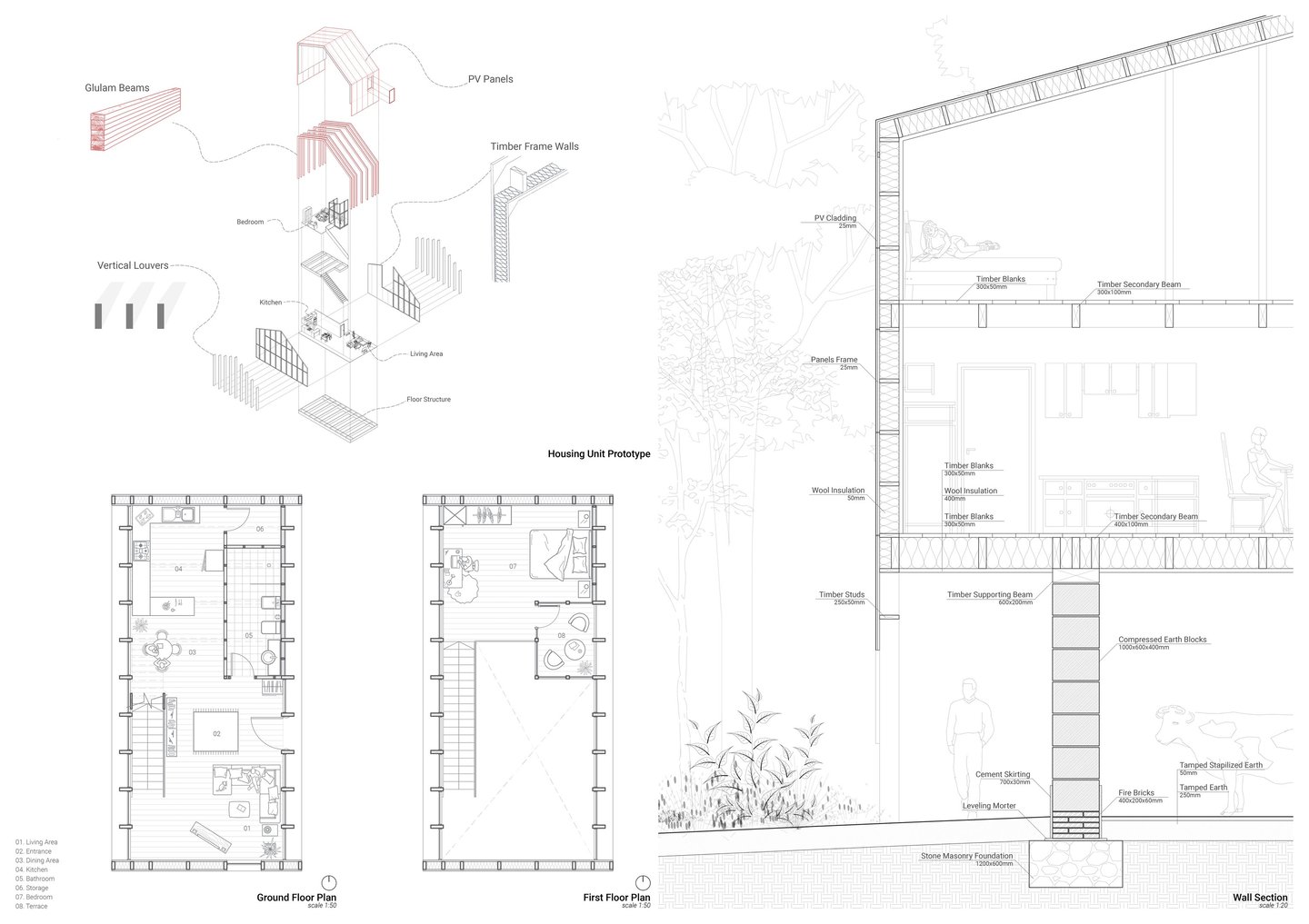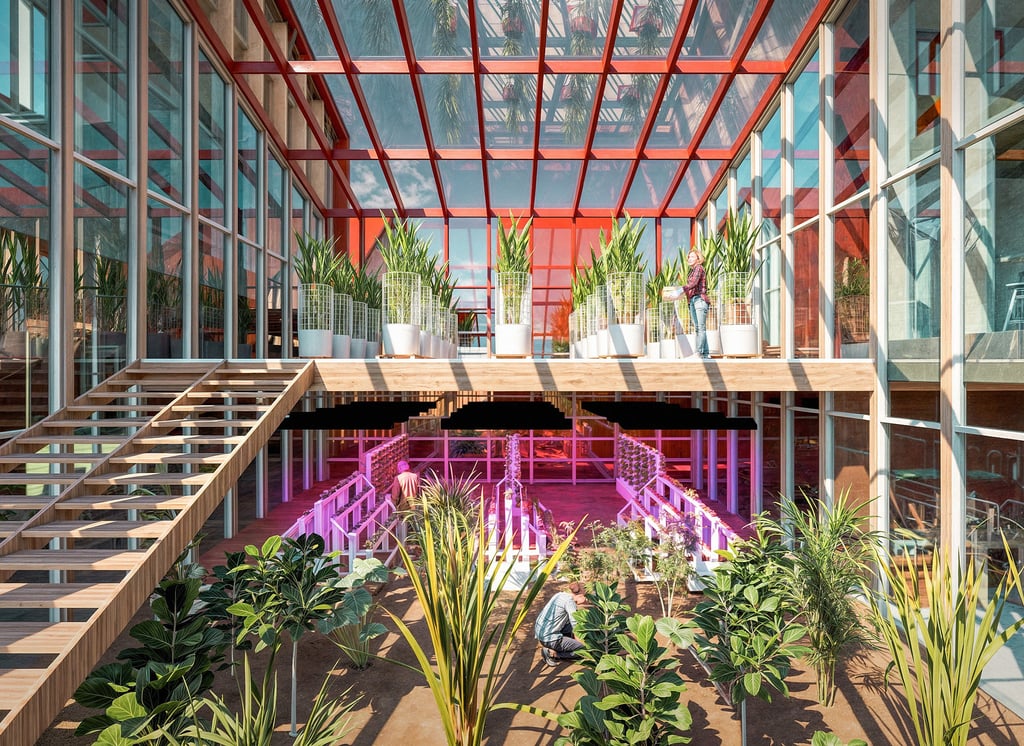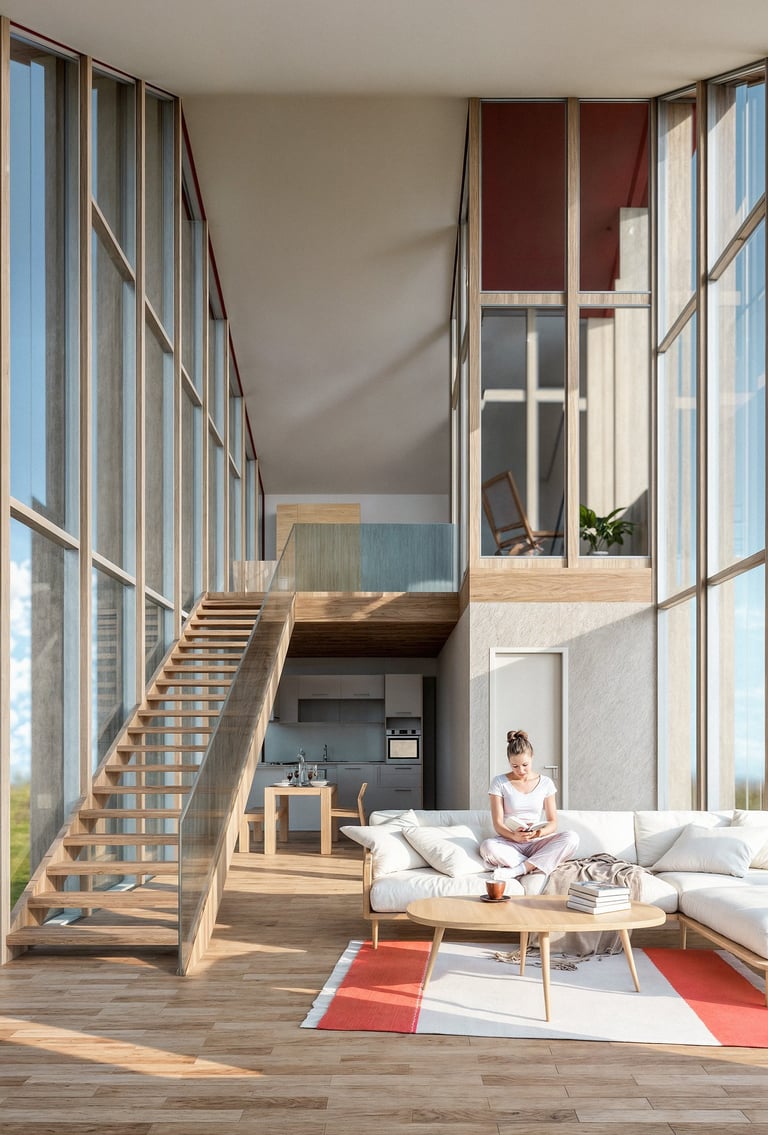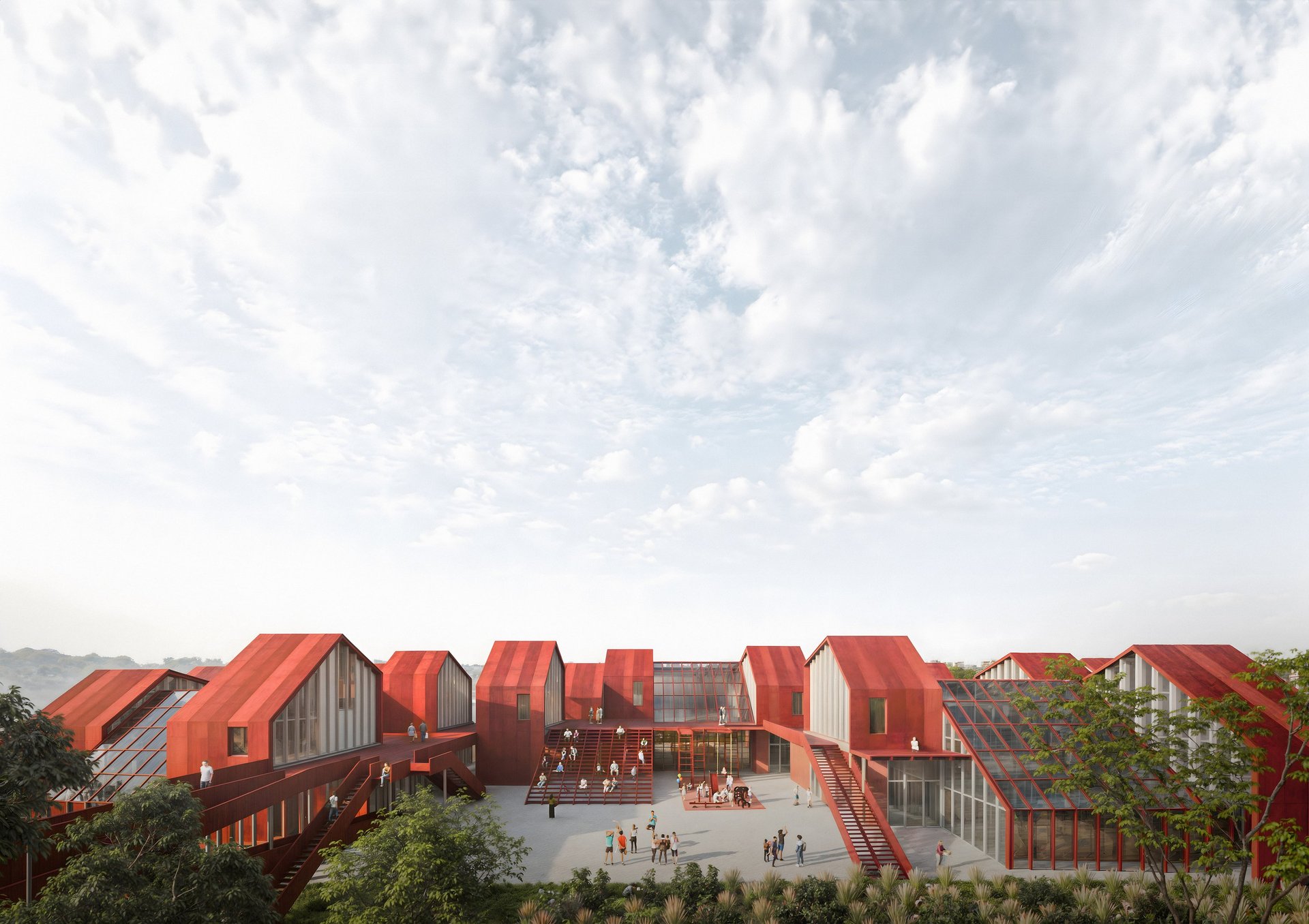
2025


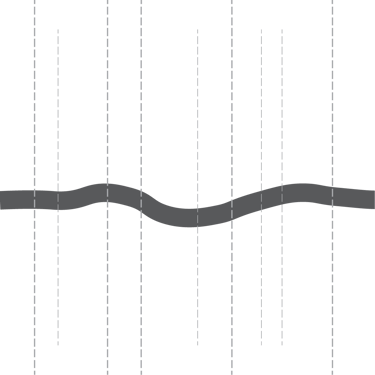

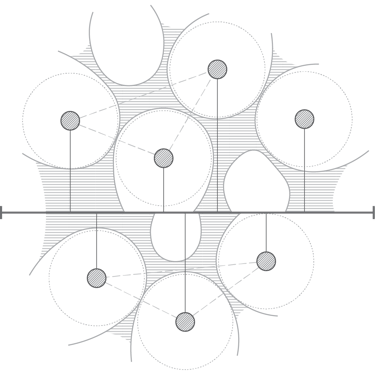

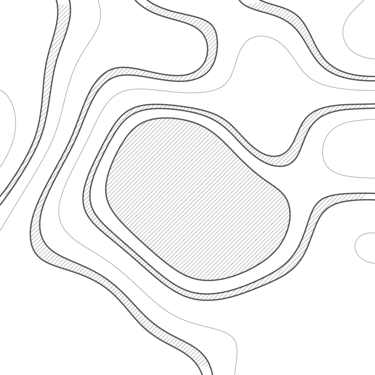

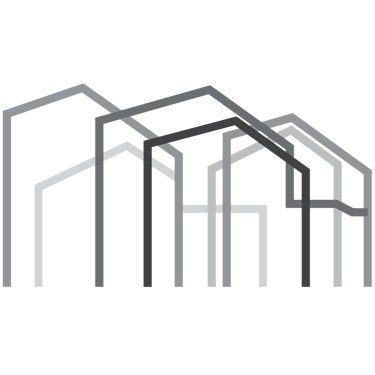

Permaculture
Zones
Settlements
Site Pressure
Grid Ribbons
Giussago, Italy - 2025
Energy Collective, Prof. Simone Giostra
Politecnico di Milano
In an era where the divide between production and consumption grows wider, industrialized farming has led to degraded land health, diminished biodiversity, declining food quality, and a disconnection between people and nature. Many today consume milk without ever seeing a cow or enjoy fruits without knowing the trees that bear them.
Red Nest seeks to bridge this gap by inviting people to leave polluted urban centers and embrace a life intertwined with nature. Rooted in permaculture principles, the project reimagines farmland as livable, self-sufficient settlements rather than production-driven spaces. Spread across the landscape, these small-scale communities will sustainably produce their own food and energy, offering a harmonious lifestyle for farmers and remote workers who rarely need to venture beyond the site.
True to its name, Red Nest embodies the concept of nesting—drawing inspiration from birds that build their homes with local materials. Similarly, the project’s dwellings will be constructed using site-sourced resources like timber and adobe, creating a built environment that mirrors the natural ecosystem. By nesting in the land, residents reconnect with the rhythms of nature, fostering a future of resilience, sustainability, and symbiosis with the Earth.
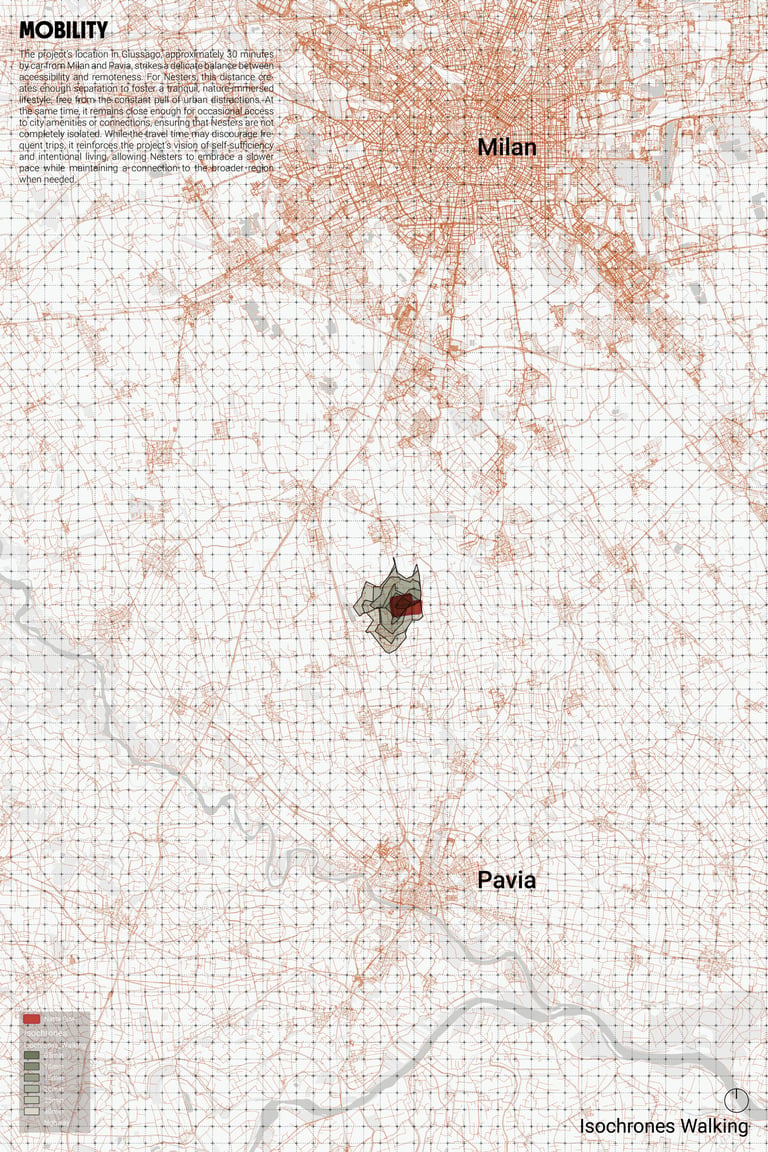
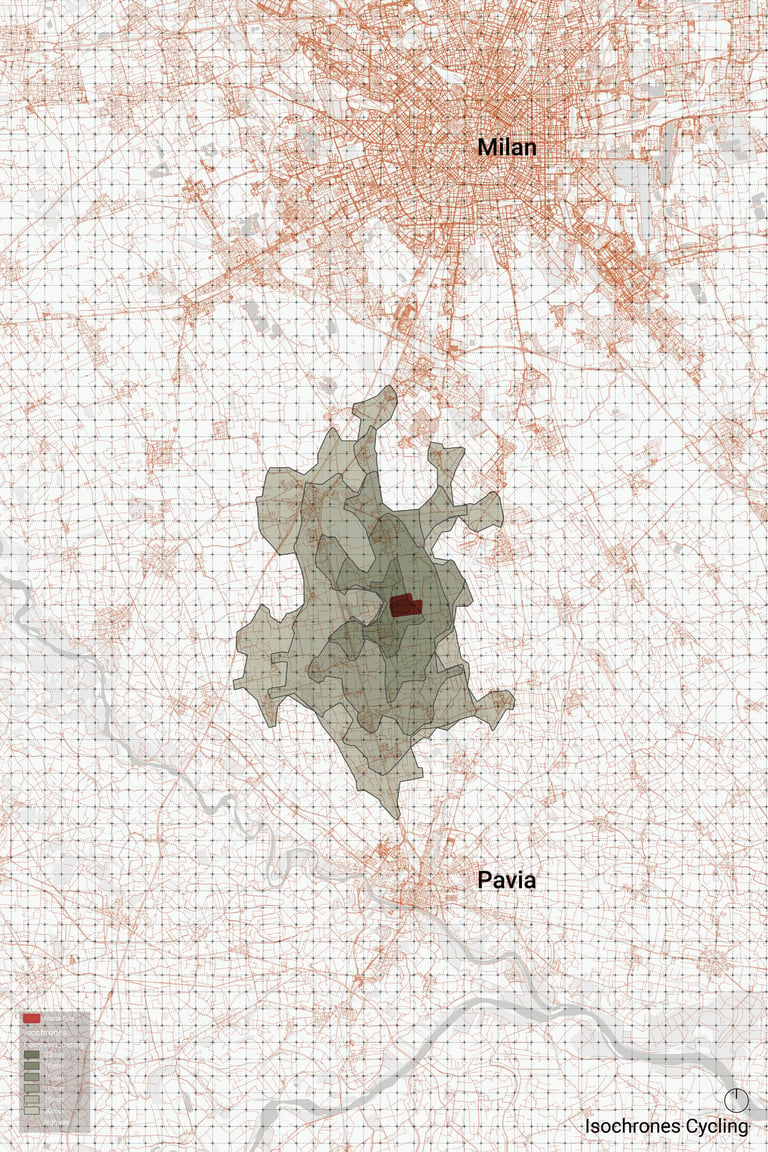
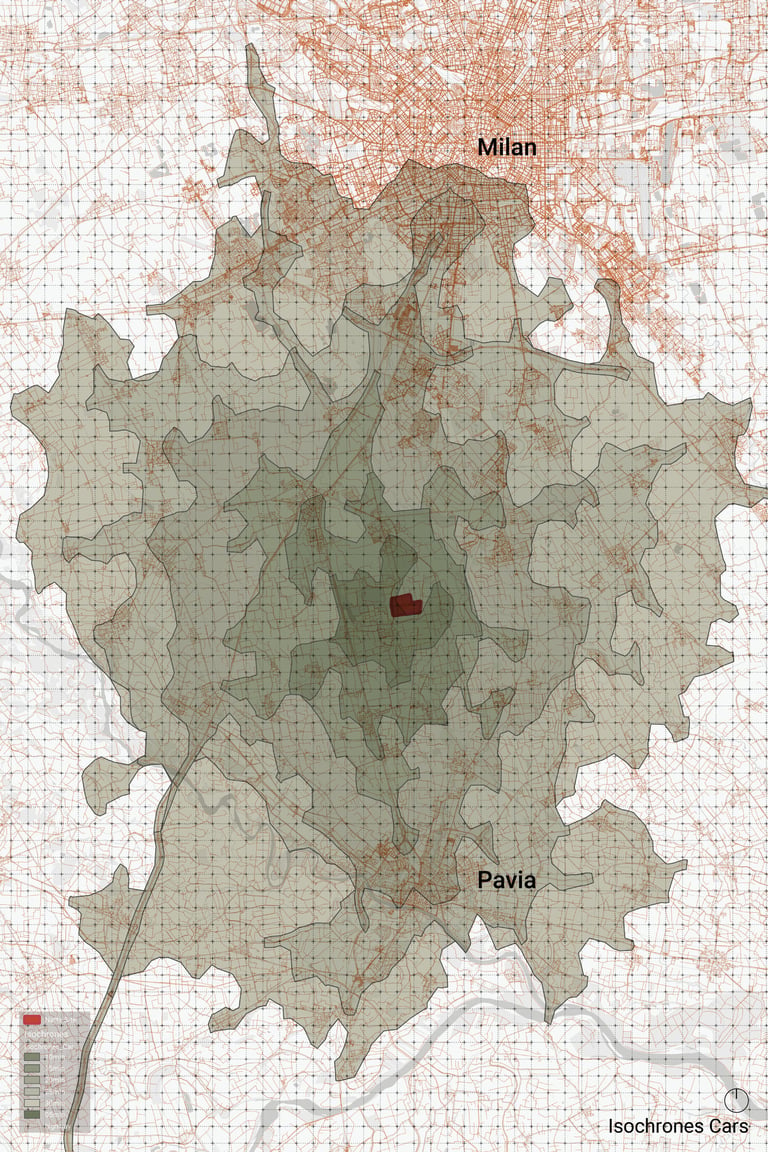



The project’s location in Giussago, approximately 30 minutes by car from Milan and Pavia, strikes a delicate balance between accessibility and remoteness. For Nesters, this distance creates enough separation to foster a tranquil, nature-immersed lifestyle, free from the constant pull of urban distractions. At the same time, it remains close enough for occasional access to city amenities or connections, ensuring that Nesters are not completely isolated. While the travel time may discourage frequent trips, it reinforces the project’s vision of self-sufficiency and intentional living, allowing Nesters to embrace a slower pace while maintaining a connection to the broader region when needed.
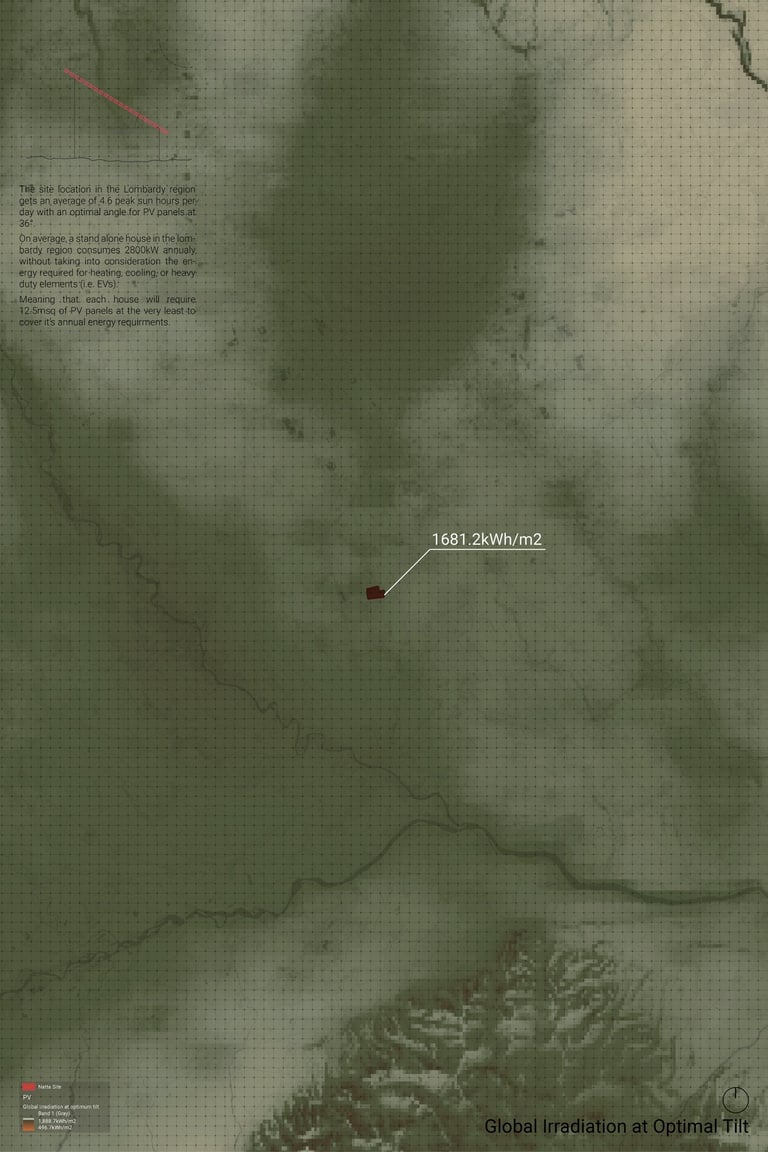
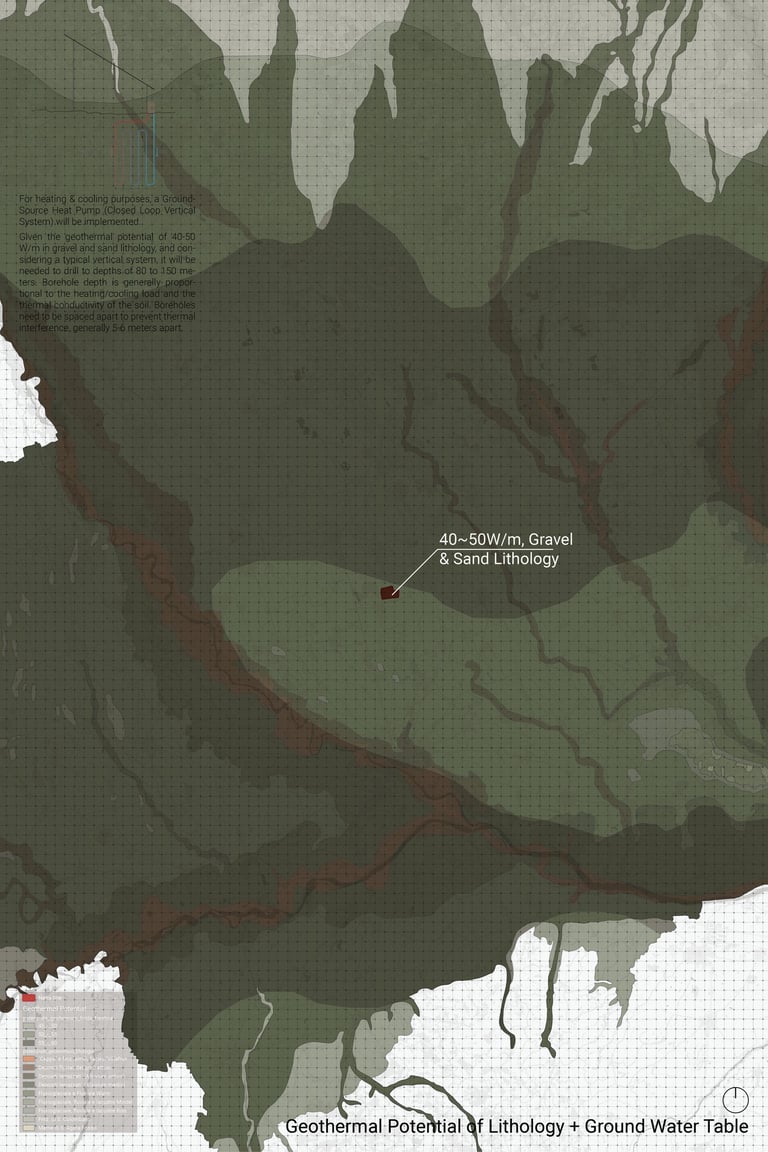


The site location in the Lombardy region gets an average of 4.6 peak sun hours per day with an optimal angle for PV panels at 36°. On average, a stand alone house in the Lombardy region consumes 2800kW annually without taking into consideration the energy required for heating, cooling, or heavy duty elements (i.e. EVs). Meaning that each house will require 12.5msq of PV panels at the very least to cover it’s annual energy requirements.
For heating & cooling purposes, a Ground-Source Heat Pump (Closed Loop Vertical System) will be implemented. Given the geothermal potential of 40-50 W/m in gravel and sand lithology, and considering a typical vertical system, it will be needed to drill to depths of 80 to 150 meters. Borehole depth is generally proportional to the heating/cooling load and the thermal conductivity of the soil. Boreholes need to be spaced apart to prevent thermal interference, generally 5-6 meters apart.
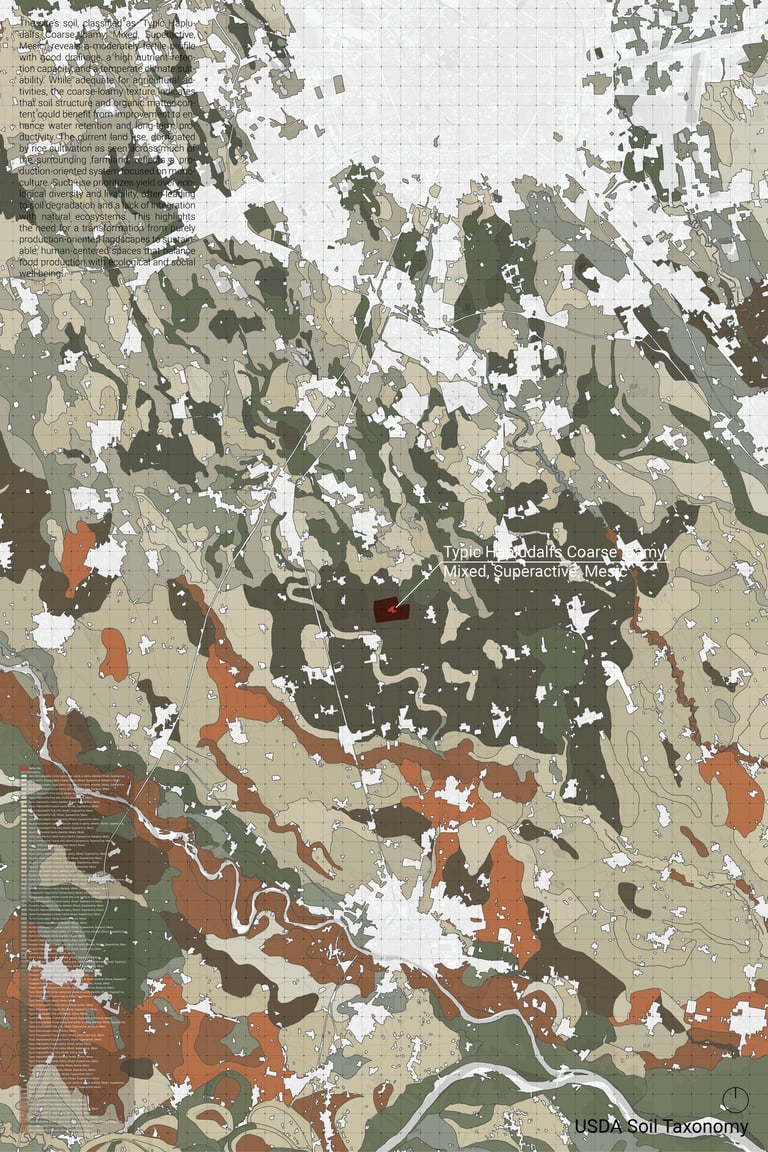
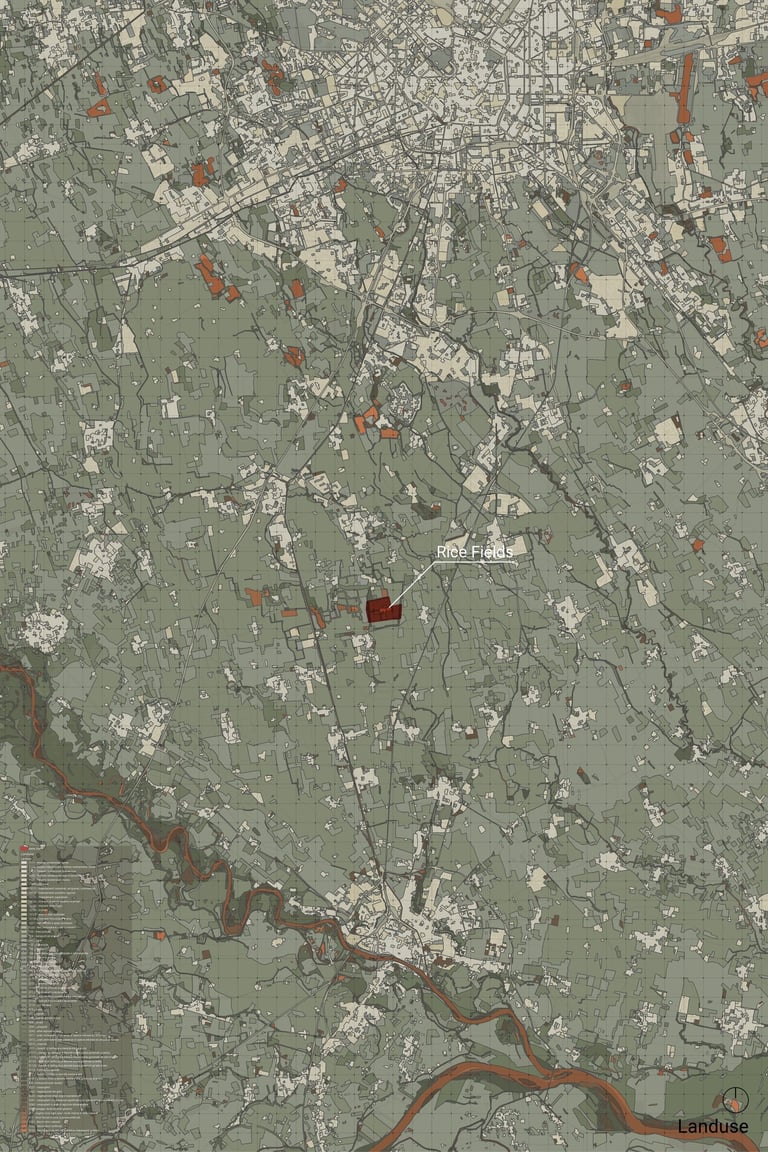


The site’s soil, classified as “Typic Hapludalfs Coarse loamy, Mixed, Superactive, Mesic,” reveals a moderately fertile profile with good drainage, a high nutrient retention capacity, and a temperate climate suitability. While adequate for agricultural activities, the coarse-loamy texture indicates that soil structure and organic matter content could benefit from improvement to enhance water retention and long-term productivity. The current land use, dominated by rice cultivation as seen across much of the surrounding farmland, reflects a production-oriented system focused on monoculture. Such use prioritizes yield over ecological diversity and livability, often leading to soil degradation and a lack of integration with natural ecosystems. This highlights the need for a transformation from purely production-oriented landscapes to sustainable, human-centered spaces that balance food production with ecological and social well-being.
